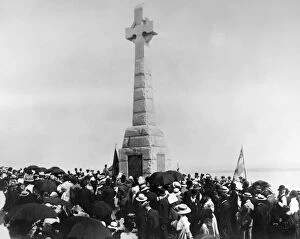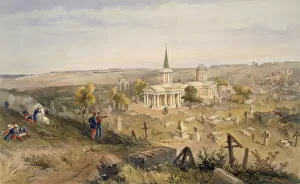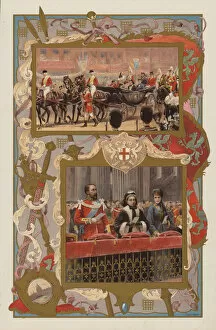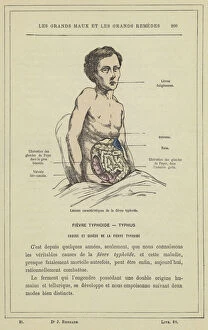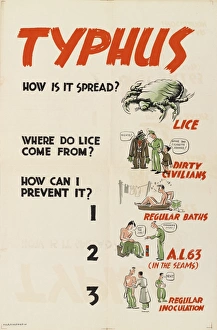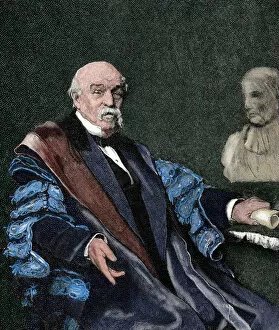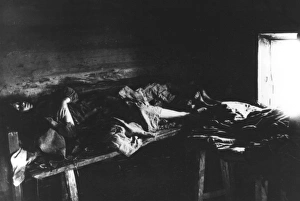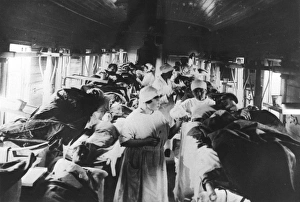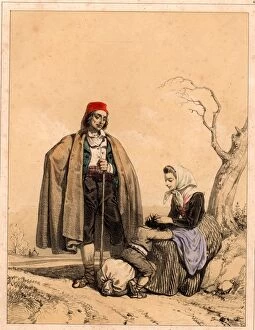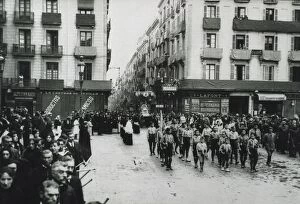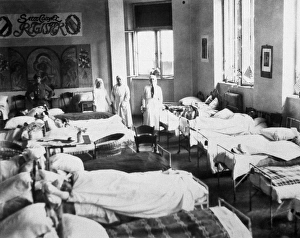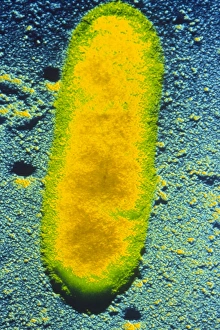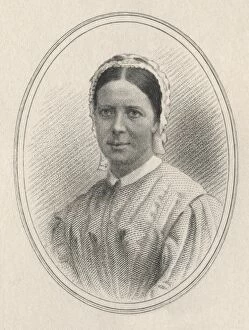Typhus Collection
"Typhus: A Deadly Epidemic Unleashed in the Shadows of War" During World War II, a haunting poster warned soldiers about the horrors of typhus
All Professionally Made to Order for Quick Shipping
"Typhus: A Deadly Epidemic Unleashed in the Shadows of War" During World War II, a haunting poster warned soldiers about the horrors of typhus. This infectious disease, known for its devastating impact on human lives, was silently spreading across battlefields and civilian populations alike. Sir William Jenner, a renowned physician, stood tall in his portrait as he tirelessly fought against this invisible enemy. In the heart of Eldridge Street, a police station sheltered lodgers affected by typhus. Among them was a solitary figure battling the fever's grip. The Quarantine Cemetery and Church became grim reminders of the toll that typhus exacted on communities during times of crisis. Dr. Mildred C. Rebstock graced the cover of an illustrated magazine - her expertise sought to combat this relentless foe head-on. Eruptive fevers erupted onto colorful lithographs depicting the anguish caused by typhus outbreaks throughout history. Thanksgiving prayers were offered when King Edward VII triumphantly recovered from another deadly illness - typhoid fever - highlighting how closely related these diseases were in their devastation and fear-inducing nature. Death loomed large as an avenger in vibrant lithographs capturing the terror inflicted by typhus upon unsuspecting victims. Lesions characteristic of typhoid fever left indelible marks on those who survived its wrath. The microscopic Typhus Bacillus itself emerged as both villain and target for scientific scrutiny – its discovery paving the way for understanding and combating this ruthless disease. A chilling image from 1665 revealed lice clinging to human hair – unwitting carriers responsible for transmitting this dreaded infection through close contact with infected individuals or contaminated clothing. Sir William Jenner's legacy endured long after his passing; his tireless efforts forever etched into medical history books as he valiantly battled against diseases like typhus that plagued humanity until his last breath.

